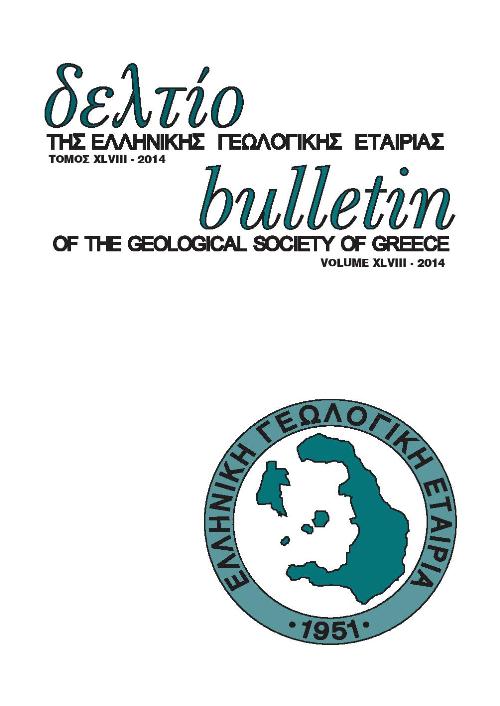Landslide inventory using GISMA techniques.
Résumé
The use of GIS for various types of data is considered to be of high importance, mainly because it is bringing together information from multiple sources. In addition, the new Internet technologies and applications of global world maps, like Google Maps, give the opportunity to build systems that the geographical information can be recorded and administrated by many users from anywhere. This kind of GIS systems is suitable for Business Administration, or Science, or Government Organizations, which need GIS systems with multiple users from many places and multiple kind of information. This system is defined as GISΜΑ (Geographic Information System Multi Administration). In GISMA many users may input the data and use the information from different distance. Each user has specific permissions of use of data as the administrator sets. In this work, the basic principles and rules of a building GISMA system are evaluated and an application is presented based on data and GIS techniques for the slope instability studies. Data obtained from historical landslide occurrences were verified with new locations obtained from high resolution orthophotos and Google Earth application. Landslide areas were mapped using Arc Map and finally the Landslide Inventory for the Achaia’s Prefecture was created.
Article Details
- Comment citer
-
Kordouli, M., Kavoura, K., Nikolakopoulos, K., & Sabatakakis, N. (2013). Landslide inventory using GISMA techniques. Bulletin of the Geological Society of Greece, 47(3), 1472–1478. https://doi.org/10.12681/bgsg.10985
- Rubrique
- Remote Sensing and GIS

Ce travail est disponible sous licence Creative Commons Attribution - Pas d’Utilisation Commerciale 4.0 International.
Authors who publish with this journal agree to the following terms:
Authors retain copyright and grant the journal right of first publication with the work simultaneously licensed under a Creative Commons Attribution Non-Commercial License that allows others to share the work with an acknowledgement of the work's authorship and initial publication in this journal.
Authors are able to enter into separate, additional contractual arrangements for the non-exclusive distribution of the journal's published version of the work (e.g. post it to an institutional repository or publish it in a book), with an acknowledgement of its initial publication in this journal. Authors are permitted and encouraged to post their work online (preferably in institutional repositories or on their website) prior to and during the submission process, as it can lead to productive exchanges, as well as earlier and greater citation of published work.








